cv (as pdf)
awards
research
publications
teaching/mentoring
astronomy links
personal
contact
Astronomy
Picture of the Day
TODAY
18th January 2008
Supernova Factory
NGC 2770
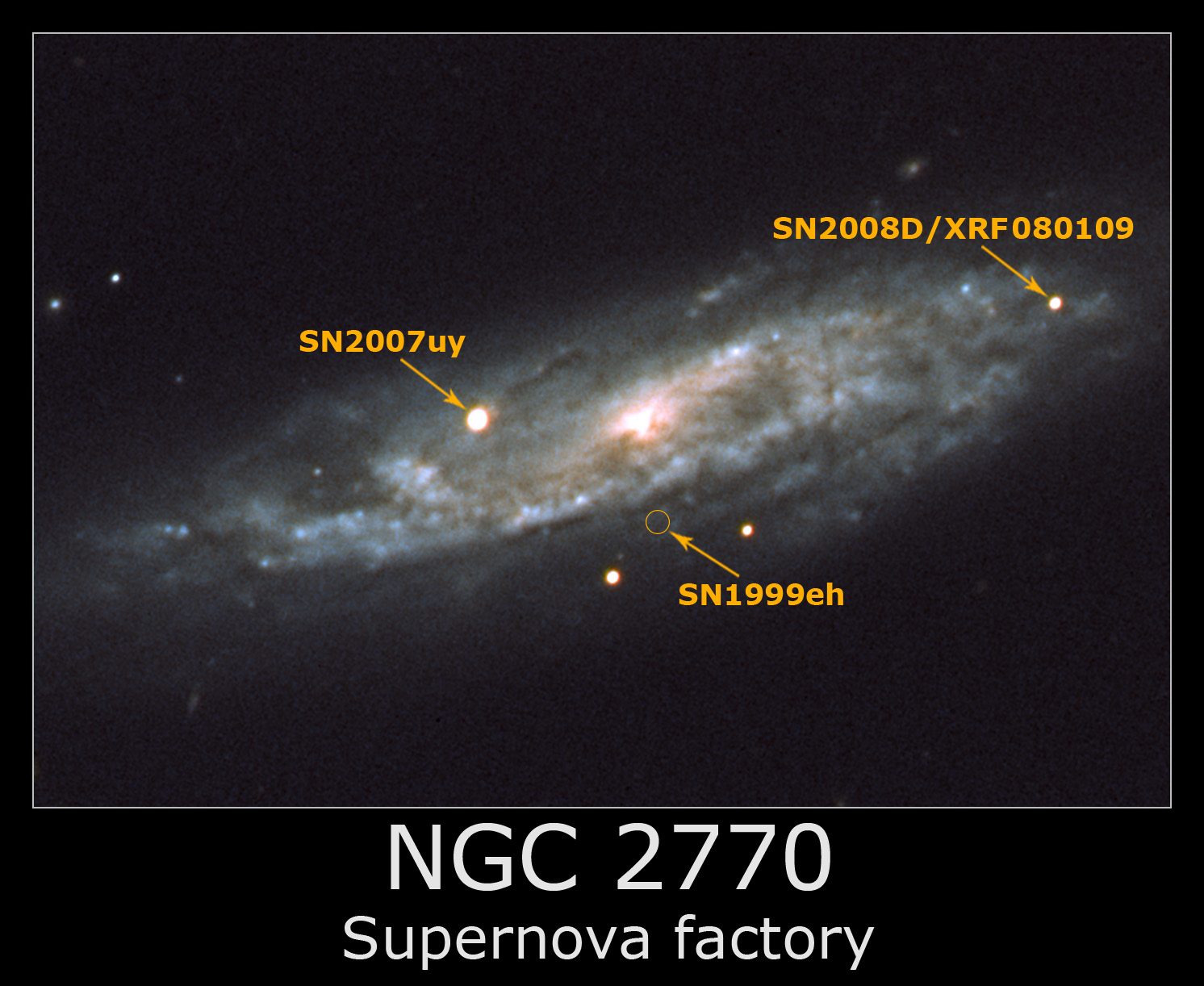
19th July 2005
A Nearby Supernova in M51
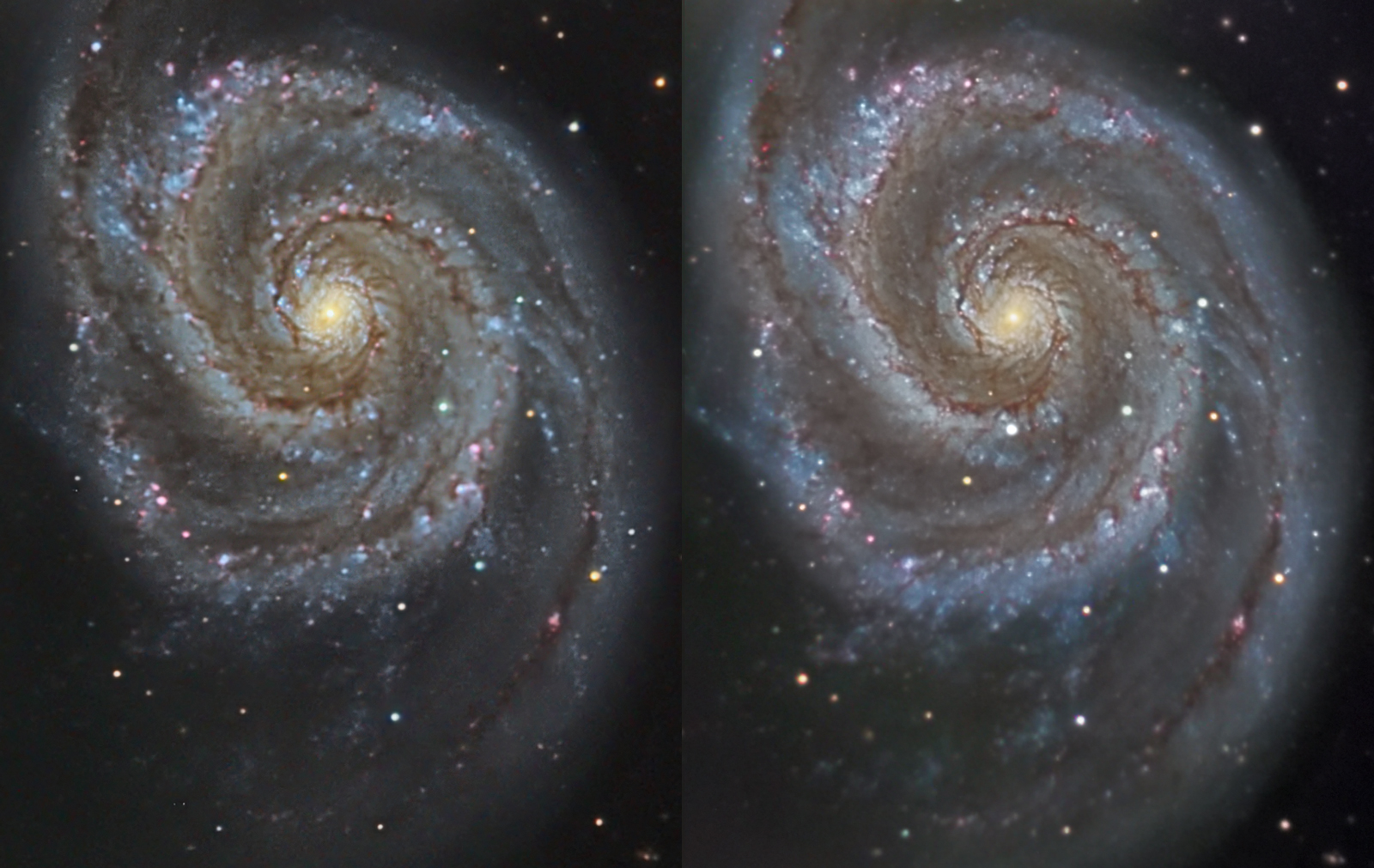
SN 2005bf
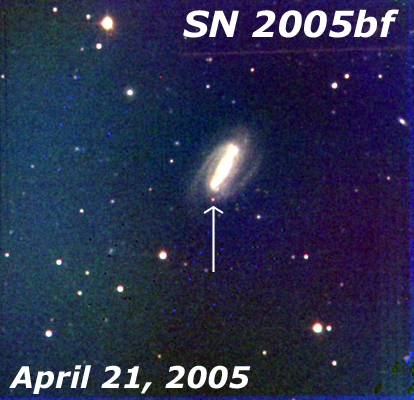
27th October 2005
The Last Titan

RESEARCHsn classification and stellar forensics
The SN classification scheme is a phenomenological one that is based on presence or absence of various elements in the SN spectra. In the figure below, I plot representative spectra of different types of SN on the left, which we think result from the corresponding progenitor stars on the right. My schematic drawing of massive pre-explosion stars show the different amounts of intact outer layers, which constitue part of the "onion-structure" with different layers of elements that are the result of successive stages of nuclear fusion during the stars' lifetimes. In particular, broad-lined SN Ic are the only type of SNe seen in conjunction with GRBs. Not shown are some of the H-rich members of the SN: SN IIn, and very luminous SN. The envelope sizes are not drawn to scale; in particular, the outermost Hydrogen envelope in the top star can be up to 100 times larger than shown.In order to fully exploit the potential and power of SNe and GRBs, we have to first figure out their stellar progenitors and the explosions conditions that lead to the various forms of stellar death in a massive star, in form of a "stellar forensics" investigation.
Modjaz, M. (2011b), "Stellar Forensics with the Supernova-GRB Connection", AN, 332, 5, 434 [as pdf ]
Modjaz, M. et al.(2011a), "Progenitor Diagnostics for Stripped Core-Collapse Supernovae: Measured Metallicities at Explosion Sites", 2011, ApJ, 731, L4 [as pdf ]
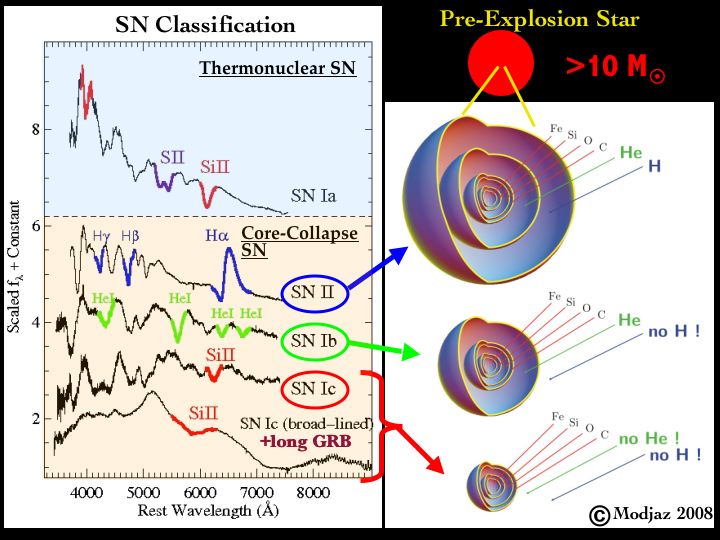
observations of sn Ib/c
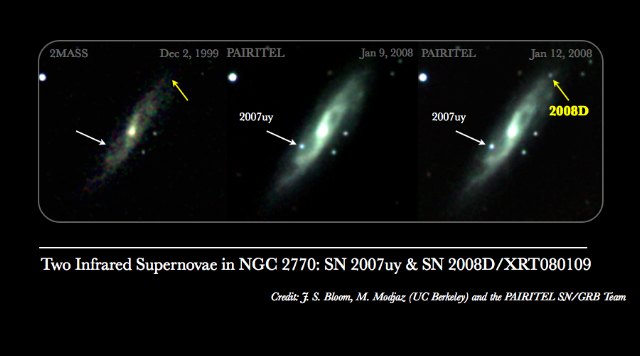
I explore the explosion properties of core-collapse supernovae (SN) whose massive progenitors have been stripped of their hydrogen and helium envelopes before explosion. My densely covered and homogeneous thesis sample of optical and nearinfrared data of SN Ib/c doubles the world supply of well-observed events. I am in the process of quantifying the exact diversity of this population of stripped-envelope supernovae, including their luminosity distribution in 8 filters. I characterize their spectral energy distribution up to the near-infrared, and find signs of asphericity even in normal SN Ib/c. My SN Ic spectral library can be used to distinguish more robustly SN Ic from SN Ia in high-z SN Ia searches. I obtained the data with the 6.5m Magellan Telescopes in Chile, the 10m Keck Telescope and 8m Gemini-North Telescope in Hawaii, the 6.5m MMT, and the small-aperture telescopes at the Whipple Observatory in Arizona, and the 3m and 1m telescopes at Lick Observatory.
Modjaz, M. et al., (2009), "From Shock Breakout to Peak and Beyond: Extensive Panchromatic Observations of the Type Ib Supernova 2008D associated with Swift X-ray Transient 080109", ApJ, 702, 226 [as pdf ]
Modjaz, Kirshner, Blondin, Challis, & Matheson (2008a), "Double-peaked Oxygen Lines Are not Rare in Nebular Spectra of Core-Collapse Supernovae", ApJL, 687, L9 [as pdf ]
Tominaga, N. et al. (2005), "The Unique Type Ib Supernova 2005bf: A WN Star Explosion Model for Peculiar Light Curves and Spectra", ApJ, 633,L97
Modjaz, M. et al., "Optical and NIR Light Curves and Spectra of 30 Type Ib, IIb and Ic Supernovae", in preparation
sn-grb connection
We observed SN2006aj associated with GRB060218 via photometry and spectroscopy. Since it is the second-clostest SN-GRB and since the GRB afterglow is very weak, we deduced the SN properties cleanly. We find that it is a very fast-evolving SN and that it is ~0.4mag fainter than SN1998bw. The host galaxy is a very low-luminosity, low-metallicty dwarf galaxy, similar to hosts of other low-z GRB-SN.Modjaz et al. (2006), "Early-Time Photometry and Spectroscopy of the Fast Evolving SN2006aj Associated with GRB060218", ApJ, 645, L21-25 [as pdf ]
In addition, I have studied the environments of nearby broad-lined SN Ic without detected GRBs. Comparing them to those of SN-GRBs, I find that the measured metallicities at the sites of local broad-lined SN Ic without GRBs are systematically larger than those of SN with GRBs (see figure on the right) . This finding is fully consistent with the argument that low metallicity is the deciding factor for making a GRB jet during the deaths of massive stars.Modjaz et al. (2008b), "Measured Metallicities at the Sites of Local Broad-Lined Type Ic Supernovae and Implications for the SN-GRB Connection", 2008, AJ, 135, 1136 (astro-ph/0701246) [as pdf ]
Kocevski, West, & Modjaz (2009), ``Modeling The GRB Host Galaxy Mass Distribution: Are GRBs Unbiased Tracers of Star Formation?'', 2009, ApJ, 702, 377
supermassive black holes
I studied water masers in the accretion disk around the supermassive black hole (BH) in NGC 4258 with Prof. Jim Moran. Polarization studies with the 100m Green Bank Telscope (on the right) and the VLA allowed me to place the most stringent constraints on the magnetic field very close to the supermassive BH and explore the role of magnetic fields in accretion and jet-collimation.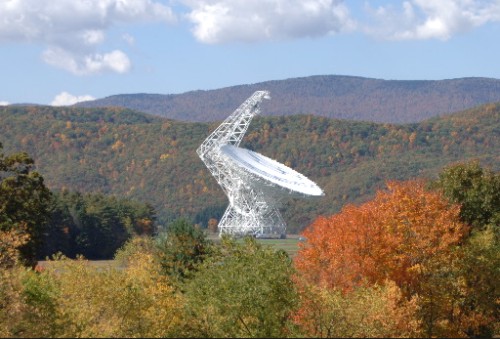
Modjaz et al. (2005), "Probing the Magnetic Field at Subparsec Radii in the Accretion Disk of NGC 4258", ApJ, 626, 104-119 [as pdf ]
sn search & sn Ia
As an undergraduate student at UC Berkeley, I was part of the SN Search lead by Prof. Alex Filippenko and conducted with KAIT at the Lick Observatory. I discovered 35 SN (and a couple of Novae, variable stars and even almost a comet) and studied the anomously subluminous SN Ia 1998de and its implications for using SN Ia for cosmology.Modjaz et al. (2001), "The Subluminous Type Ia Supernova 1998de in NGC 252", PASP, 113, 308-325 [as pdf ]